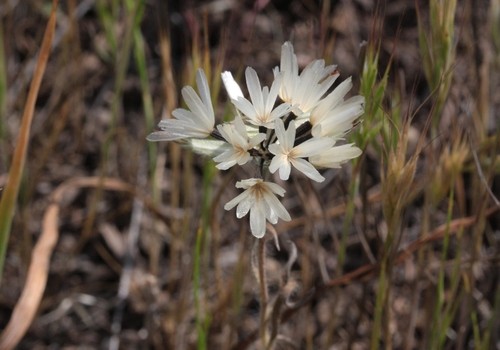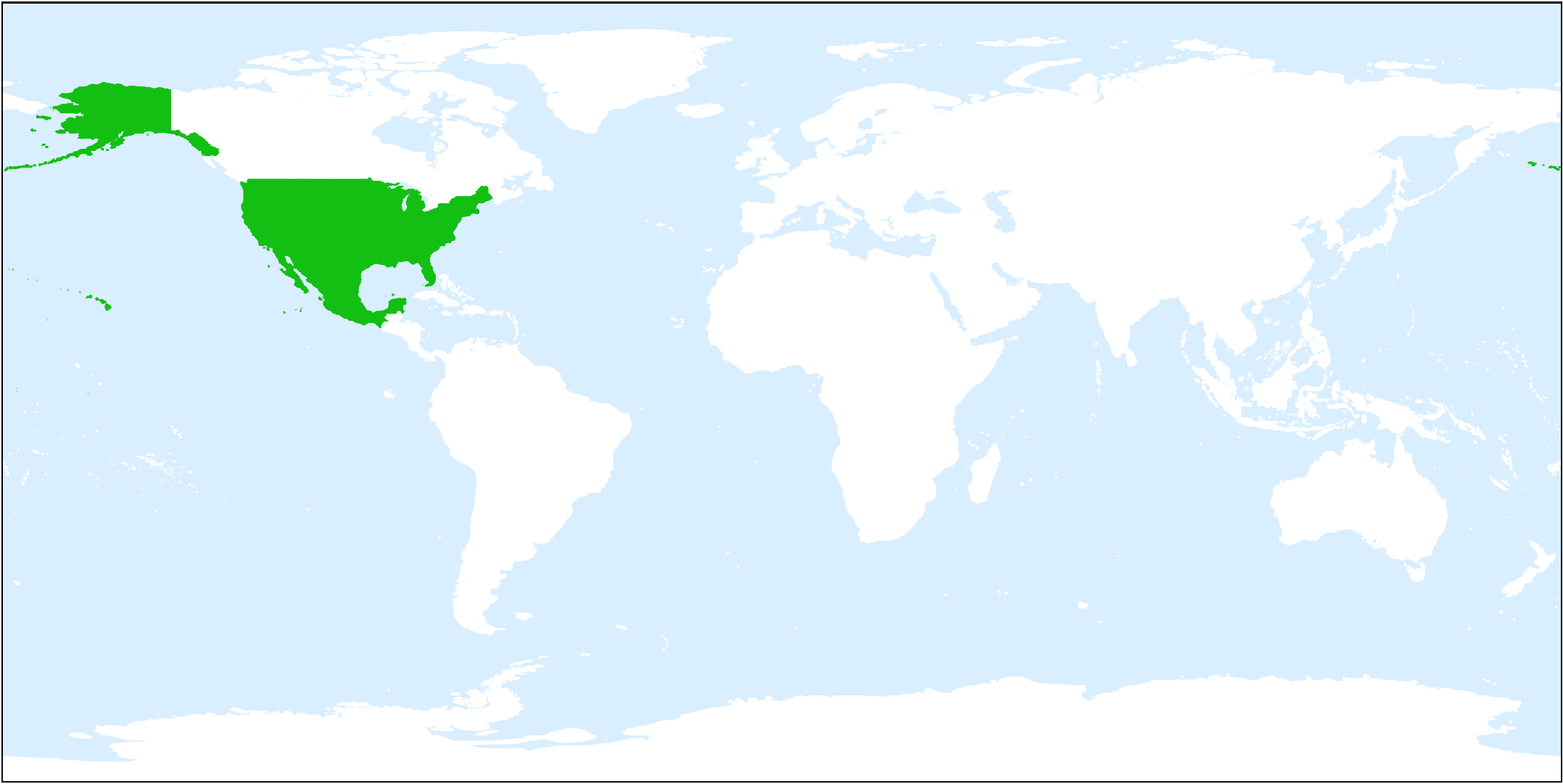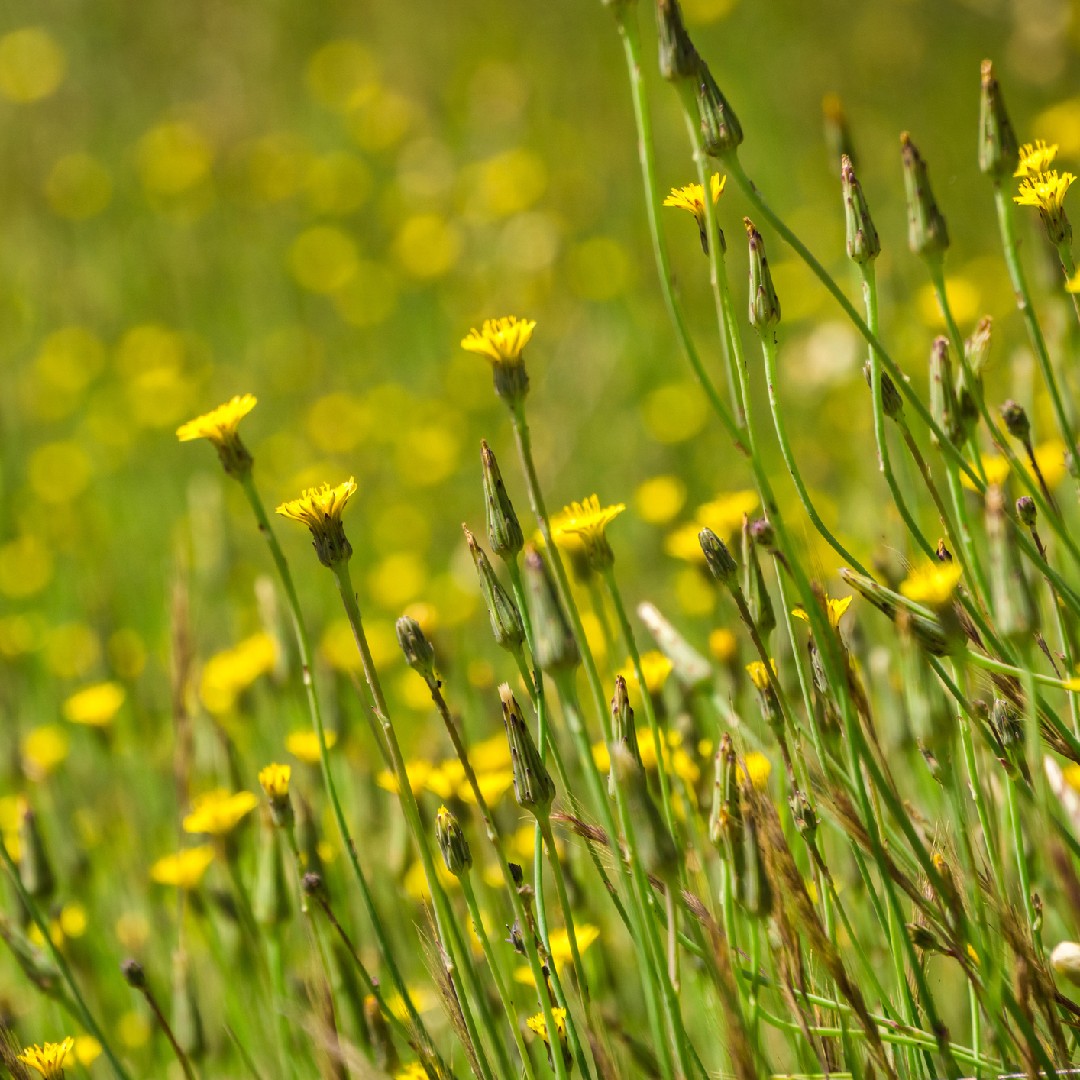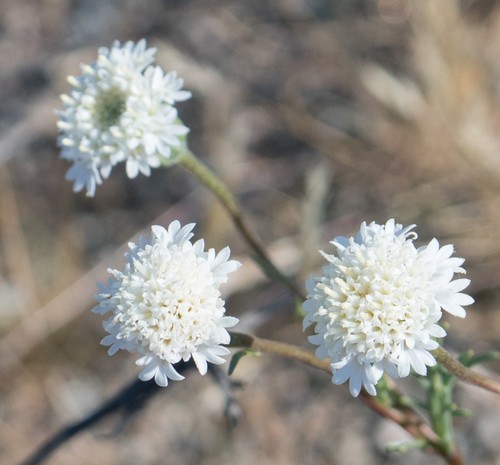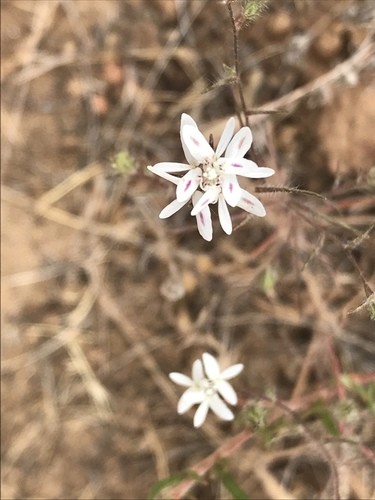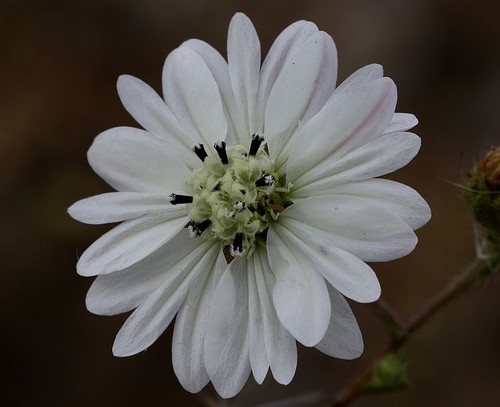What is the best way to water my Blow wives?
To water Blow wives, you can use a garden hose with a spray nozzle, a watering can, or just about any other common watering tool. Generally, Blow wives is not too picky about how they receive their water, as they can live off of rainwater, tap water, or filtered water. Often, you should try not to water this plant from overhead, as doing so can damage the leaves and flowers and may lead to disease as well. At times, the best method for watering this plant is to set up a drip irrigation system. These systems work well for Blow wives as they apply water evenly and directly to the soil. For one Blow wives that grows in a container, you can use a similar watering approach while changing the tools you use. To water a container-grown Blow wives, use a cup, watering can, or your tap to apply water directly to the soil.
![more]()
What should I do if I water my Blow wives too much or too little?
The remedy for underwatering Blow wives is somewhat obvious. When you notice that your plant lacks moisture, simply begin watering it on a more regular basis. The issue of overwatering can be a much more dire situation, especially if you fail to notice it early. When your Blow wives is overwatered, it may contract diseases that lead to its decline and death. The best way to prevent this outcome is to choose a proper growing location, one that receives plenty of sunlight to help dry the soil and has good enough drainage to allow excess water to drain rather than pooling and causing waterlogged soils. If you overwater your Blow wives that lives in a pot, you may need to consider changing it to a new pot. Your previous container may not have contained soil with good drainage or may not have had sufficient drainage holes. As you repot your overwatered Blow wives, make sure to add loose soils and to use a pot that drains efficiently.
![more]()
How often should I water my Blow wives?
Blow wives needs water regularly throughout the growing season. Beginning in spring, you should plan to water this plant about once per week. As the season presses on and grows warmer, you may need to increase your watering rate to about two to three times per week. Exceeding at this rate can be detrimental to your Blow wives. With that said, you should also ensure that the soil in which your Blow wives grows remains relatively moist but not wet, regardless of how often you must water to make that the case. Watering Blow wives that lives in a pot is a bit different. Generally, you'll need to increase your watering frequency, as the soil in a pot can heat up and dry out a bit faster than ground soil. As such, you should plan to water a container-grown Blow wives a few times per week in most cases, versus just once per week for an in-ground plant.
![more]()
How much water does my Blow wives need?
There are a few different ways you can go about determining how much water to give to your Blow wives. Some gardeners choose to pick their water volume based on feeling the soil for moisture. That method suggests that you should water until you feel that the first six inches of soil have become moist. Alternatively, you can use a set measurement to determine how much to water your Blow wives. Typically, you should give your Blow wives about two gallons of water per week, depending on how hot it is and how quickly the soil becomes dry. However, following strict guidelines like that can lead to overwatering if your plant requires less than two gallons per week for whatever reason. When growing Blow wives in a container, you will need to use a different method to determine how much water to supply. Typically, you should give enough water to moisten all of the layers of soil that have become dry. To test if that is the case, you can simply stick your finger in the soil to feel for moisture. You can also water the soil until you notice a slight trickle of excess water exiting the drainage holes of your pot.
![more]()
How can I tell if i'm watering my Blow wives enough?
It can be somewhat difficult to avoid overwatering your Blow wives. On the one hand, these plants have relatively deep roots that require you to moisten the soil weekly. On the other hand, Blow wives are plants that are incredibly susceptible to root rot. Along with root rot, your Blow wives may also experience browning as a result of overwatering. Underwatering is far less likely for your Blow wives as these plants can survive for a while in the absence of supplemental watering. However, if you go too long without giving this plant water, it will likely begin to wilt. You may also notice dry leaves.
![more]()
How should I water my Blow wives through the seasons?
You can expect your Blow wives’s water needs to increase as the season moves on. During spring, you should water about once per week. Then, as the summer heat arrives, you will likely need to give a bit more water to your Blow wives, at times increasing to about three times per week. This is especially true of Blow wives that grow in containers, as the soil in a container is far more likely to dry out faster than ground soil when the weather is warm. In autumn, while your Blow wives is still in bloom, it may need a bit less water as the temperature has likely declined, and the sun is no longer as strong as it was in summer.
![more]()
How should I water my Blow wives at different growth stages?
Blow wives will move through several different growth stages throughout the year, some of which may require more water than others. For example, you will probably start your Blow wives as a seed. While the seed germinates, you should plant to give more water than your Blow wives will need later in life, watering often enough to maintain consistent soil moisture. After a few weeks, your Blow wives will grow above the soil and may need slightly less water than at the seedling phase. Then, once this plant is mature, you can begin to use the regular watering frequency of about once per week. As flower development takes place, you may need to give slightly more water to aid the process.
![more]()
What's the difference between watering Blow wives indoors and outdoors?
There are several reasons why most Blow wives grow outdoors rather than indoors. The first is that these plants typically grow to tall. The second reason is that Blow wives needs more daily sunlight than most indoor growing locations can provide. If you are able to provide a suitable indoor growing location, you may find that you need to give your Blow wives water a bit more often than you would in an outdoor growing location. Part of the reason for this is that indoor growing locations tend to be a lot drier than outdoor ones due to HVAC units. The other reason for this is that soil in containers can dry out relatively quickly as well compared to soil in the ground.
![more]()

